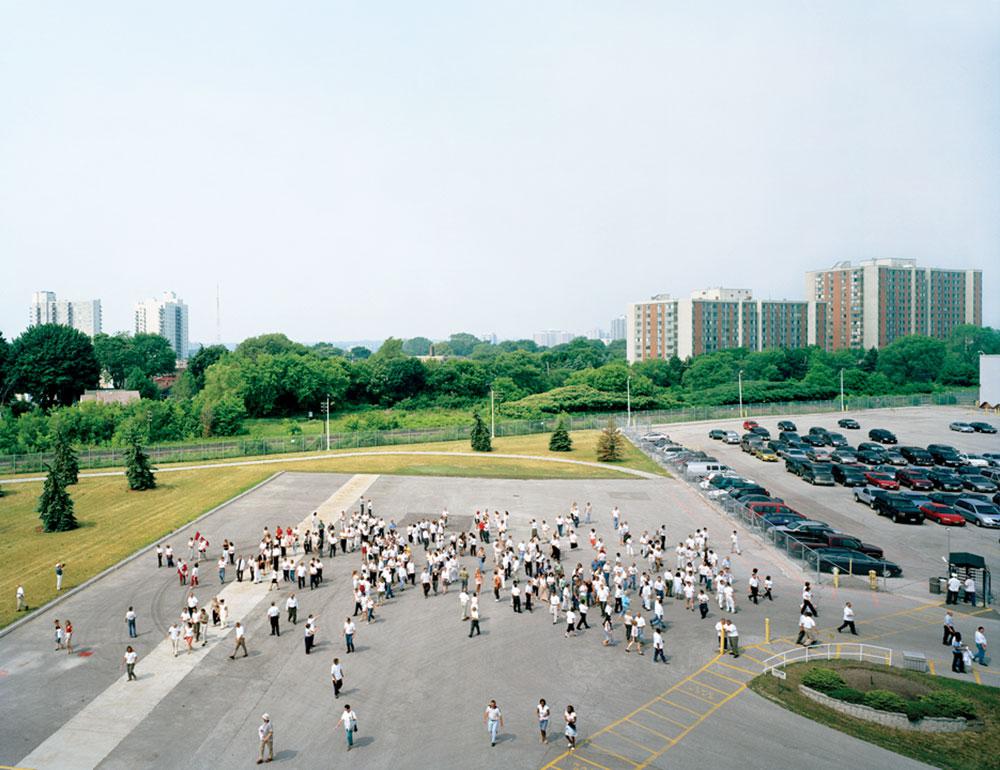In the mid-1980s, I was trying to build the world’s largest camera in an abandoned roundhouse on downtown Toronto’s rail lands. As I worked with Eastman Kodak optical engineers on its design, one engineer suggested that I be the first photographer to field test a radically new camera concept. A decade earlier, Kodak had taken out the first digital-photography patents. Now, it had a working prototype. After a week’s training in Rochester, I returned to Toronto cradling a Nikon F that Kodak had spent $2.5 million modifying. Little did I dream that the camera I held would in a few short decades revolutionize photography and drive the world’s largest maker of imaging products into Chapter 11 bankruptcy.
At one point, I took the machine to the Department of Film and Photography at Ryerson Polytechnical Institute and demonstrated it to the faculty. I thought its performance astonishing, but many of the faculty passed judgment with their arms crossed—it would never replace film.
Now, Ryerson professor Robert Burley has published The Disappearance of Darkness: Photography at the End of the Analog Era (2012). It documents revolutionary destruction. Burley’s large-format colour (film) photographs record the abandonment and demolition of most of the world’s photographic-film manufacturing infrastructure. Buildings implode in Rochester, Toronto and Chalon-Sur-Saône, France. Facilities are abandoned or downsized in Massachusetts (Polaroid), England (Ilford) and Belgium (Agfa-Gevaert). Imaging with silver salts has become history.
Burley’s project is clearly strategic. While his handsome photographs use the somewhat anonymous visual conventions that sustained him during his former life in architectural photography, it is his essay—one of four in the book—that makes it all personal and urgent. Photographers of my and Burley’s generation spent decades mastering the dark arts of silver-based imaging. Now, those darkroom workers, once called “bromide men,” have gone the way of linotype operators and blacksmiths. Today’s darkroom is the mouse and the keyboard.
Burley is Toronto-based, so it’s not surprising his most detailed documentation records the reduction of Kodak Canada’s 18-building campus on Eglinton Avenue West to a single building. We see abandoned offices, chemical-mix and emulsion rooms, and darkrooms. We see buildings that aren’t architecture, just windowless boxes. Finally, we see hundreds of laid-off staff dispersing after a final group portrait in the plant’s parking lot. It’s all terribly sad and autumnal. The Bloated Beast of Rochester, grown fat on film over more than a century, has choked to death on its own creation.
This is an article from the Winter 2013 issue of Canadian Art. To read more from this issue, visit its table of contents. To see more images from Burley’s book, visit canadianart.ca/burley.









